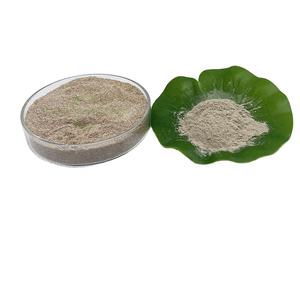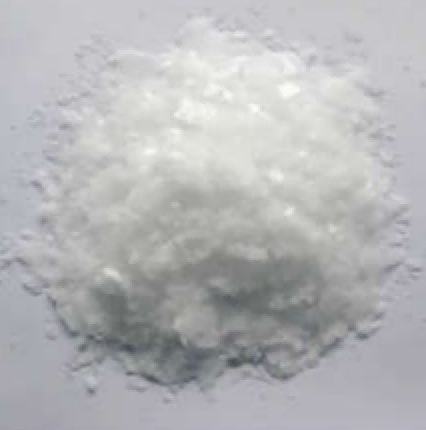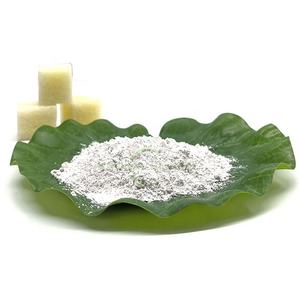1. Introduction
In the past 48 hours, the European Commission announced a new review of anionic surfactants in rinse-off cosmetics, with sodium lauryl sulfate (SLS) under particular scrutiny due to consumer concerns about skin irritation. This move reflects a growing global shift toward milder, more sustainable surfactant alternatives—making it the perfect time to dive deep into what SLS really is and how it stacks up against other options like sodium laureth sulfate, alkyl polyglucoside, and coco betaine.

Whether you’ve seen ‘SLS-free’ labels on your shampoo or wondered why your weed killer includes a ‘surfactant for herbicides,’ understanding sodium lauryl sulfate—and the broader world of surfactants—is more relevant than ever.
2. What Is Sodium Lauryl Sulfate?
Sodium lauryl sulfate (SLS), also known as sodium dodecyl sulfate or natrium lauryl sulfate, is a powerful anionic surfactant. The meaning of surfactant? It’s a compound that lowers surface tension between liquids or between a liquid and a solid—helping products foam, spread, and clean more effectively.
Chemically, SLS is derived from lauryl alcohol (often sourced from coconut or palm kernel oil) and sulfuric acid, then neutralized with sodium hydroxide. Its formula is C12H25SO4Na, and it’s widely used for its excellent cleansing and foaming properties.
3. Common Uses of SLS
You’ll find sodium lauryl sulfate in a surprising range of products:
- Toothpaste (for foaming and plaque removal)
- Shampoos and body washes
- Industrial cleaners and degreasers
- Surfactant for weed killer and lawn wetting agent formulations (helps herbicides stick to waxy plant leaves)
- Laboratory reagents (e.g., in SDS-PAGE for protein separation)

It’s also sold commercially as ‘sodium lauryl sulfate for sale’ by chemical suppliers like Rohit Surfactants Private Limited.
4. How SLS Compares to Other Surfactants
4.1 Sodium Laureth Sulfate (SLES)
Often confused with SLS, sodium laureth sulfate (also called sodium lauryl ether sulfate or sodium lauryl ether sulphate) is ethoxylated—meaning it’s treated with ethylene oxide. This makes it milder on skin but raises concerns about potential 1,4-dioxane contamination. Labels may say ‘sls sodium laureth sulfate’ or ‘laureth sulphate,’ but they’re not the same as SLS.
4.2 Amphoteric and Non-Ionic Alternatives
Gentler options include amphoteric surfactants like cocamidopropyl betaine (also called coco betaine, amidopropyl betaine, or coco amido propyl betaine), which work well with anionic surfactants to reduce irritation. Non-ionic surfactants like decyl glucoside, coco glucoside, and polysorbate 80 (also known as Span80) are derived from sugars and fats and are common in ‘bio surfactants’ or natural formulations.
4.3 Other Anionic Surfactants

Not all anionic surfactants are harsh. Sodium cocoyl isethionate, sodium lauroyl sarcosinate (or lauroyl sarcosinate), sodium coco sulfate (sometimes labeled as coco sodium sulfate), and sodium cocoyl glutamate offer effective cleansing with less irritation. Sodium dodecylbenzene sulfonate is another anionic option used in detergents.
5. Safety and Controversy
SLS is generally recognized as safe in low concentrations by regulatory bodies like the FDA and EU SCCS—but it can cause skin and eye irritation, especially in people with sensitive skin or conditions like eczema. Unlike cationic surfactants (e.g., cetyl trimethyl ammonium bromide or CTAB), which are antimicrobial but more toxic, SLS is primarily a detergent.
Importantly, SLS is not the same as fluoro surfactants or copper 1 bromide—those belong to entirely different chemical classes. Also, while ammonium lauryl sulfate (or ammonium dodecyl sulfate) is similar to SLS, it’s slightly milder.
6. The Rise of Bio-Based and Mild Surfactants
Consumer demand for cleaner labels has boosted alternatives like alkyl polyglucoside, methylated seed oil blends, and ethoxylated alcohols. Poloxamer 188 (Pluronic 127) and sodium deoxycholate are used in pharmaceuticals, while lignin sulfonate serves as a biodegradable surfactant in agriculture.
Even wetting agents for grass now often use nonionic surfactant blends instead of traditional SLS to avoid plant damage.
7. Key Takeaways
- SLS (sls sodium lauryl sulfate) is a strong anionic surfactant used for foaming and cleaning.
- It’s different from sodium laureth sulfate (sls sodium laureth sulfate), which is ethoxylated and milder.
- Alternatives like cocamidopropyl betaine, decyl glucoside, and sodium lauroyl methyl isethionate offer gentler performance.
- In agriculture, surfactants like nonionic surfactant blends or lignin sulfonate act as lawn wetting agents or surfactant for herbicides.
- Always check labels: ‘sls sulfate’ or ‘sulfate laureth’ may refer to different compounds.
8. Conclusion
Sodium lauryl sulfate remains a workhorse in cleaning and personal care—but it’s no longer the only option. With safer, bio-based, and amphoteric surfactants gaining ground, consumers and formulators alike have more choices than ever. Whether you’re choosing a shampoo or mixing a weed killer, understanding the surfactant landscape helps you make smarter, gentler decisions.
Our Website founded on October 17, 2012, is a high-tech enterprise committed to the research and development, production, processing, sales and technical services of ceramic relative materials such as 10. Our products includes but not limited to Boron Carbide Ceramic Products, Boron Nitride Ceramic Products, Silicon Carbide Ceramic Products, Silicon Nitride Ceramic Products, Zirconium Dioxide Ceramic Products, etc. If you are interested, please feel free to contact us.


